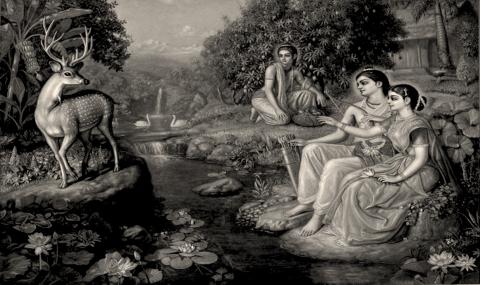April 2020
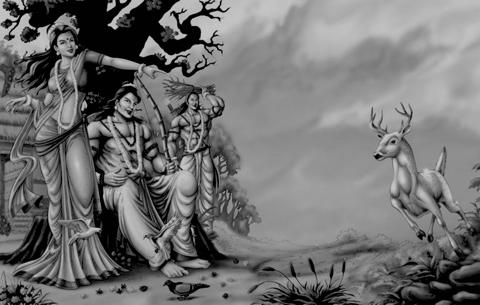
According to Agastya’s instructions, when Sri Rama goes and resides in Panchavati, the major events in the story occur there. Shurpanakha sees Sri Rama, becomes infatuated with him, approaches him and pleads with him, “become my husband.” As Rama rejects her proposal, he makes fun of her.
anujaḥ tu eṣa me bhrātā śīlavān priya darśanaḥ ।
śrīmān akṛta dāraḥ ca lakṣmaṇo nāma vīryavān ॥ (Aranyakanda: Sarga 18:3)
He is my younger brother named...

The Life of Vyāsa
It is in the literature bestowed upon us by Maharṣi Veda-vyāsa that we find the roots of the elements that we today identify as being unique to Indian cultural heritage. Vyāsa was the one who organized and arranged the Vedas, which are the fundamental records of all the wisdom-treasure of India. In fact, it is this extraordinary accomplishment that gave him the name ‘Vyāsa.’[1]
If we have been able to preserve the unparalleled...

The word ‘Kathā-sarit-sāgara’ literally means an ocean that is formed as a result of the confluence of many rivers of stories. Though the name of the work is famous and is largely in vogue today, a question naturally arises – did the author name the work so or did it get the name in the recent years. The word ‘Kathā-sarit-sāgara ’ occurs in the closing verse of the work.[1] The verse, however, is quite different from the others in its structure...
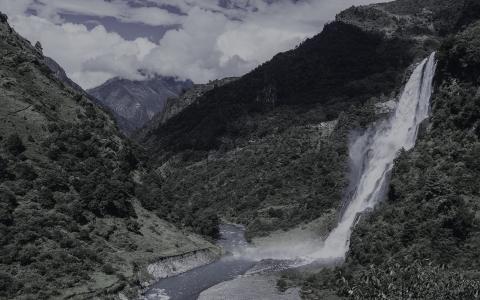
Previously we observed scholarly spats at the level of individuals. What happened when these debates were escalated to royal courts? Let us see.
Rāja-śekhara-sūri’s Prabandha-kośa records an episode of repartee between Hari-hara and Madana, the court-poets of Vīra-dhavala, the emperor of Gujarat:
‘Kavi-rāja’ (the best among poets) was Hari-hara’s honorific title. Wanting to trifle it, Madana said:
हरिहर परिहर गर्वं कविराजगजाङ्कुशोऽस्म्यहं मदन...

‘Urus’
In the southeast corner of Mulbagal stands a Dargah. A dargah is a grave of Muslim saints. It seems that a devotee named Haider Valli had performed penance on the hilltop of Mulbagal. His grave itself was the dargah. Once every six to eight years, a festivity called Urus took place. Devotees from far off places as well as from the neighbourhood used to gather for the festival, including many Phakīras[1]. Some of the Phakīras would chant...
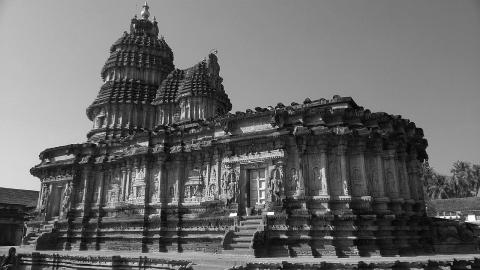
Our Visit to Sringeri
Sri Chandrashekhara Bharati was the presiding Jagadguru during our visit to Sringeri back then. About a couple of weeks before Sastri’s visit to Sringeri, the Jagadguru had supposedly taken up a certain oath – he had stopped delivering lectures and giving lessons. All the resident students and scholars had been instructed to constantly chant the Gāyatrī-mantra on those days. The reason for this will be clear in the due...
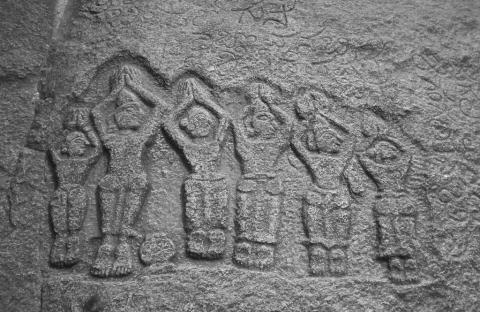
1. Veeresalingam Pantulu
The stature that belonged to R Narasimhacharya[1] in the history of Kannada literature was earned in Telugu literature by Kandakuri Veeresalingam Pantulu.
Veeresalingam Pantulu has written the history of Telugu poets[2]. He has written a few novels as well. I’ve heard that he has also composed a few poetical works. A few of his novels have been translated into Kannada:
1. Satyavatī Caritre – It was translated into...

कवीन्द्रमानसाम्भोजनिवासभ्रमरीं नमः।
देवीं सहृदयानन्दशब्दमूर्तिं सरस्वतीं॥
(सोमदेवः)
श्रीरामायणभारतबृहत्कथानां कवीन्नमस्कुर्मः।
त्रिस्रोता इव सरसा सरस्वती स्फुरति यैर्भिन्ना॥
(गोवर्धनः)
When I decided to write Vacana-bhārata, I wanted to take a look at how Kṣemendra had condensed the epic and so perused through his work Bhārata-mañjarī [which is an abridged retelling of the great epic]. During the same period, I also happened to go through...
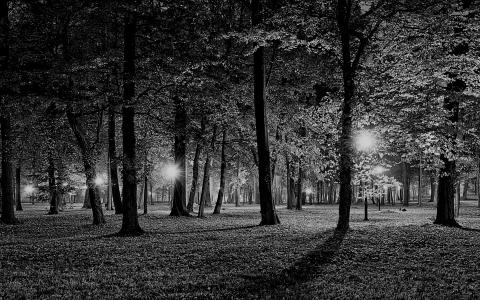
Kirīṭa-pati Veṅkaṭācārya (18th–19th cen. CE) was a great scholar of several śāstras and was a champion of Viśiṣṭādvaita philosophy. He lived in Sura-pura, a province in Karnataka. It is said that he wore Viśiṣṭādvaita as a crown and was hence called ‘Kirīṭa-pati.’ Dvaita and Advaita were his sandals, it seems! As he walked through the streets, attendants would fan him from either side. He had named those fans para-mata-khaṇḍana (denouncement of...

